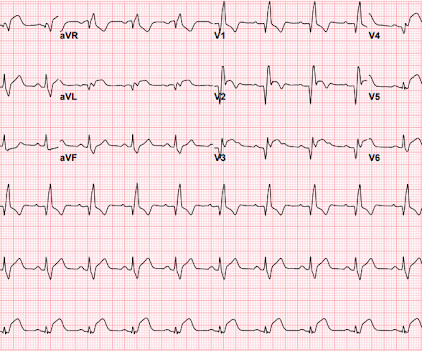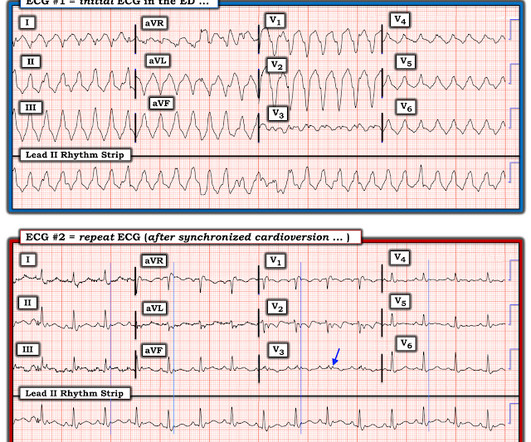Abstract Sa1109: Aerobic Capacity of Adults with Fontan Palliation: Disease-specific Reference Values and Relationship to Outcomes
Circulation
NOVEMBER 11, 2024
Background:Patients with Fontan palliation have reduced aerobic capacity because of impaired cardiac, pulmonary, and skeletal muscle function. We assessed the correlates of predicted peak VO2, and the relationship between predicted peak VO2quartiles and cardiovascular outcomes (death/transplant).Results:Of 15.2 - 23.9)












Let's personalize your content